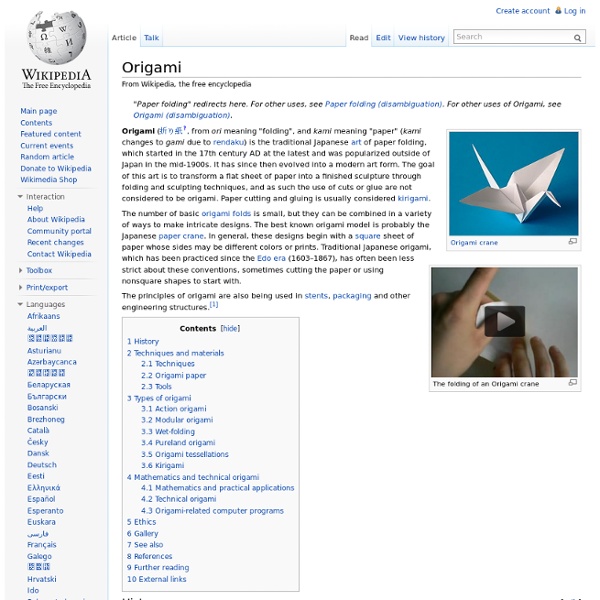Origami

Origami Instructions - Instructions on How to Make Origami
Origami Maniacs
Origami That's Fun And Easy
Robert J. Lang Origami
Related:


